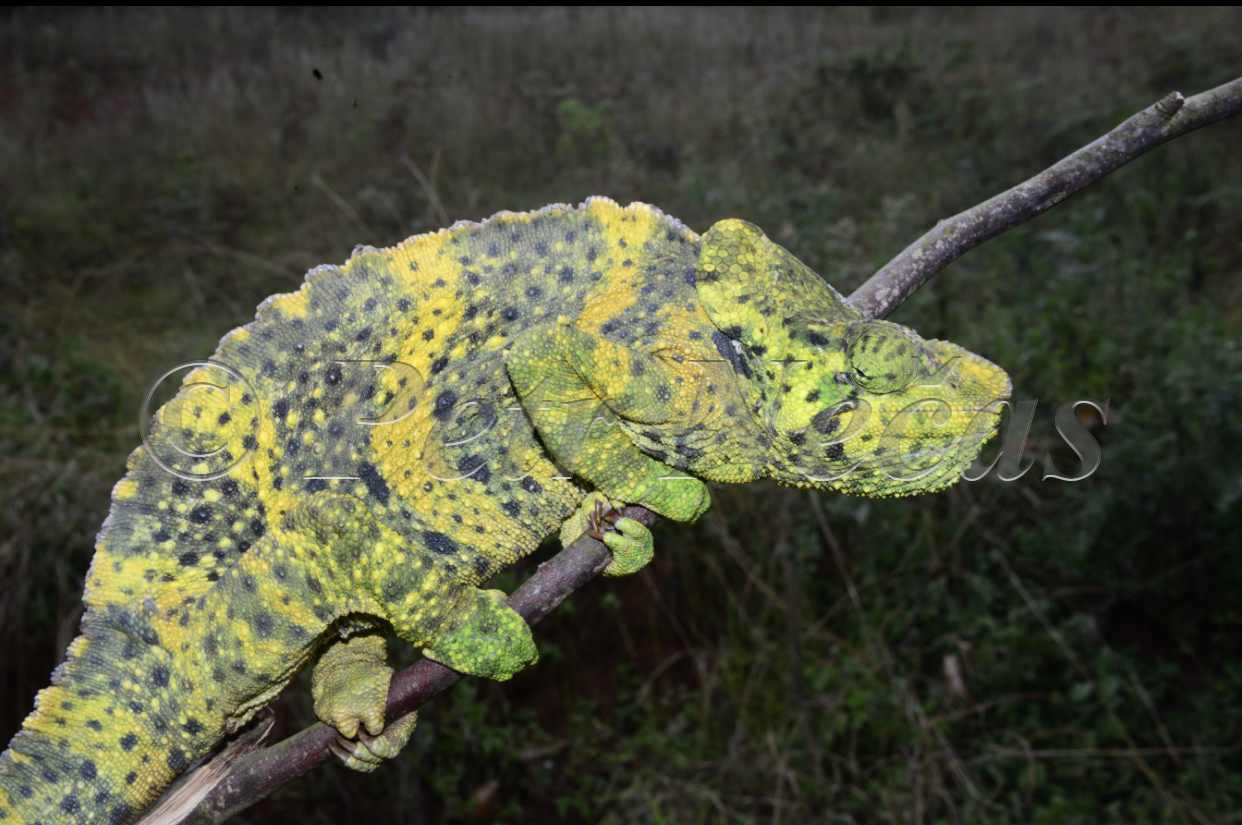Meller's Chameleons: Beliefs And Reality

Meller's Chameleons are absolutely stunning animals, unfortunately, in captivity, lots of myths are parotted, that are not true or only partly and in fact are a barrier for spreading this stunning species in captivity...
Myth 1: they are tollerant to each other
Practice: people cohabit them even in big groups
Wild: they are well known by locals to fight until death, except for breeding season, they live in a mode of one animal per one tree only
Truth: they are same way intollerant as all other chameleons, they just can stay calm long time before showing stress or taking an action. As a result, you can then see crushed heads, bad bites, long healing injuries, fatalities
Myth 2: they are heavy drinkers
Practice: showering, heavy misting and drinking for minutes is the practice many would swear on
Wild: they live in biotopes where they almost never (except for relatively short rainy season) do not face any liquid water, but they encounter heavy fog or clouds on a regular, even daily basis and this is how they hydrate primarily
Truth: they are heavy drinkers to compensate the lack of natural fog hydration and dessication in too low humidity nights in captivity, if provided with fog, they might stop drinking for months
Myth 3: they need big distances to cover
Practice: people give them often huge cages (the bigger the better, that is a good practice) and even construct funny "gyms" or free ranging areas where they "force" them to exercise
Wild: they are lazy sit-and-wait predators that stay for weeks in thr criwns if treea sitting on one spot and waiting for prey, saving energy and not wasting it for not-purposeful movements
True: they do not need to move too much, when given "ideal" conditions, they almost do not move
Myth 4: due to their size, they need big sized feeders
Practice: they are often fed with big feeders, mainly locusts and big roaches, they often get fat and get digestion problems
Wild: despite they are capable of eating birds, small mammals etc, they extremely rarely do, the absolute majority of their food consosts of small pollinators: bees, wasps, flies not exceeding 3/4in total length, they tend to ignore big locusts even if widely available
True: they do very well if given many small feeders
Myth 5: they need it hot
Practice: people are offering them often very hot basking spots with temps over 35'C
Wild: they live predominantly in warm but not hot areas and stay the whole say in deeply shaded and windy canopies of big trees, they live in areas with significant night drop, often under 20'C or even lower
True: they do not need it hot and are thriving if not exposed to temps over 30'C at all and staying in ambient temps 23-25'C
Myth 6: they are very calm and hardy
Practice: they are often mistreated and kept in not good conditions because they do not seem to be not ok
Wild: in the wild they live for many years but are same sensitive to all environmental pressures like the other species, just due the size, they withstand bad conditions a bit longer
True: they are very sensitive but they are masters of disguise: they pretend to be OK or do not show obvious signs of discomfort for very long. Then they usually "suddenly" die.
The above IMHO etude is based on many years of keeping and breeding practice, examination of over hundred freshly imported and more that 200 long term captive kept WC and CB and field experience with this species from the areas where they naturally occur.